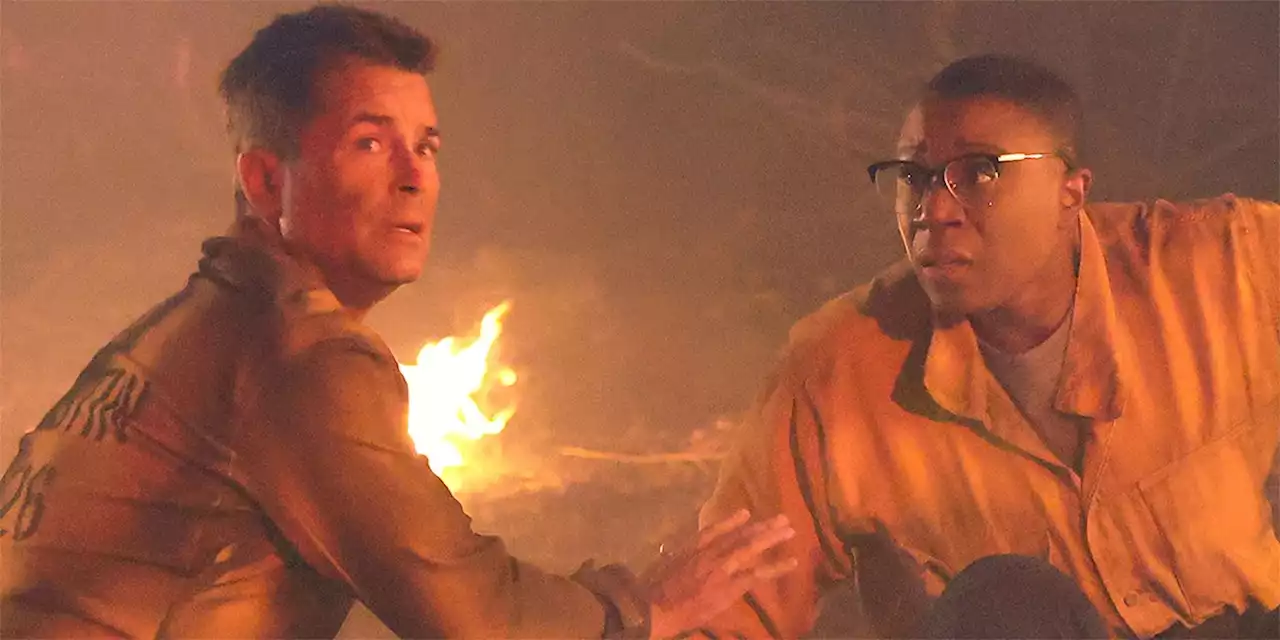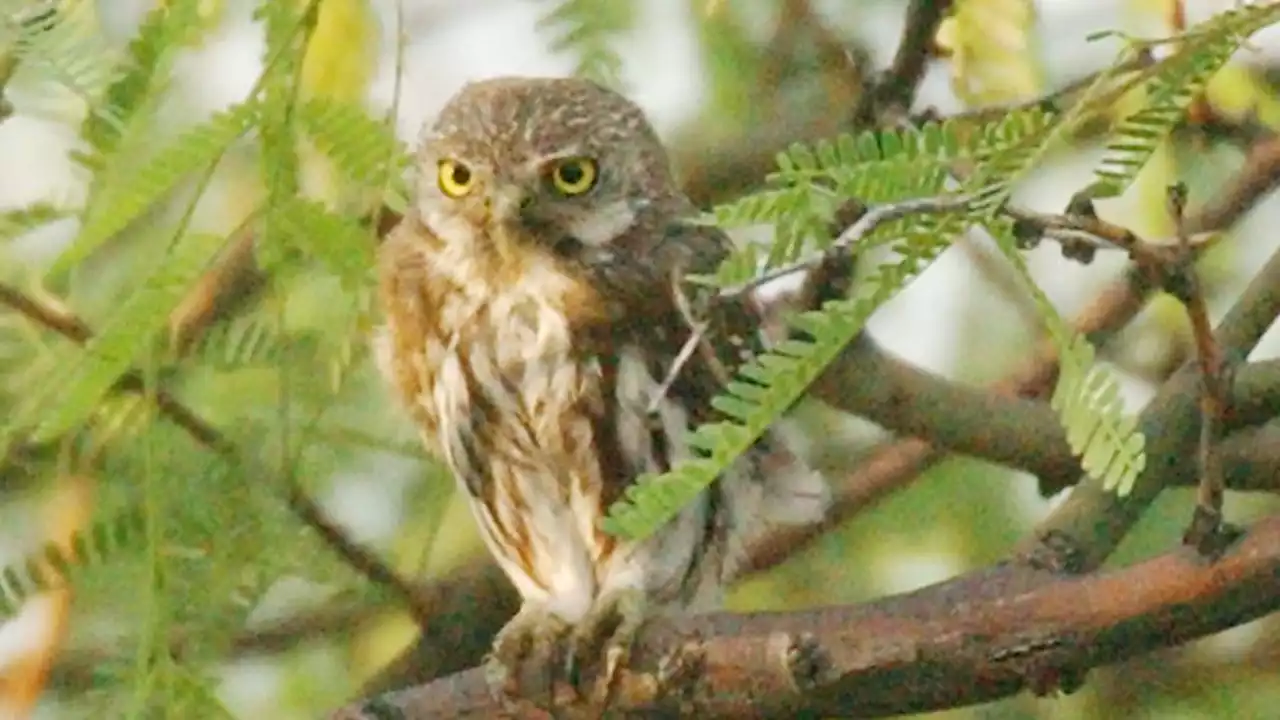For Star subscribers: Saguaro National Park is home to one of the world's longest-running annual plant surveys, and Tom Orum and Nancy Ferguson know the research subjects better than anyone.
Saguaro No. 322 was just two inches tall when it was first spotted growing in the shade of a palo verde tree near the western slope of the Rincon Mountains in 1971.
“This has been a labor of love by two really talented and thoughtful biologists,” said longtime Saguaro National Park biologist Don Swann. “The amount of information they have gathered about the saguaro is really nothing short of astonishing.” The six scientific plots that are still being studied today were part of an original, 1-square-mile survey performed in preparation for that bacterial rot experiment at what is now the east end of Broadway.
Before the cactus forest was protected, nurse trees were cut down for firewood, ground cover was grazed away by livestock and natural predators were killed off by ranchers, allowing a surge of rodents to feed unchecked on vulnerable young saguaros. But what earlier scientists mistook for looming extinction might be something more basic. “Maybe this is the way saguaros work,” Tom said.
“Saguaros weren’t establishing,” Tom said. “They had been doing the plot research since ‘41, and in ‘55 they still weren't finding little ones.”His tenure began with a dismal, two-decade stretch during which almost no saguaro reproduction seemed to be taking place. Year after year, acre after acre, all he found were aging giants and nothing to replace them.
Story of 322Nancy spent her first few surveys with Alcorn and Tom taking photos and serving as an extra pair of eyes to hunt for young saguaros. The story of that particular cactus through the decades since includes an abduction, a graduation and an infestation. Through it all, 322 kept growing at a robust rate, possibly fueled by the extra water runoff it gets from the nearby dirt road leading to the park’s Mica View Picnic Area. By 2003, it had outlived its nurse tree, the remains of which still litter the ground at its base.
But once Tom and Nancy retired from their university jobs in 2000, they decided to spread the work out over about two weeks, so they could enjoy themselves out there. “It was an opportunity to go slower,” Tom said. They would start by finding a saguaro they knew near one corner of the plot, then confirm it with the map and any identifying details recorded in the field book.
Swann nominated them for the award, which is named after Ray Turner, a groundbreaking desert ecologist and author who popularized the use of repeat photography to reveal changes in vegetation in the cactus forest and elsewhere.Swann remembers the first time he joined Tom and Nancy on one of their annual surveys about 15 years ago.
United States Latest News, United States Headlines
Similar News:You can also read news stories similar to this one that we have collected from other news sources.
 Star Trek: Strange New Worlds Guest Star Yetide Badaki On Neera & Una's Complex HistoryWe chat with YetideBadaki, who delivers an unforgettable guest-starring performance in StarTrekSNW season 2, episode 2, about her character Neera's complicated history with Una and whether she hopes to return to Star Trek StrangeNewWorlds:
Star Trek: Strange New Worlds Guest Star Yetide Badaki On Neera & Una's Complex HistoryWe chat with YetideBadaki, who delivers an unforgettable guest-starring performance in StarTrekSNW season 2, episode 2, about her character Neera's complicated history with Una and whether she hopes to return to Star Trek StrangeNewWorlds:
Read more »
 Melissa Navia on Star Trek: Strange New Worlds, Star Wars, and Downton AbbeyThe actor says she wants a real life astronaut to guest star on Star Trek
Melissa Navia on Star Trek: Strange New Worlds, Star Wars, and Downton AbbeyThe actor says she wants a real life astronaut to guest star on Star Trek
Read more »
 'Anything's Possible': Future 9-1-1 & Lone Star Crossovers Get Hopeful Response From StarThe possibility of future crossovers within the 9-1-1 franchise, after big network changes, is given a hopeful update by lead star Rob Lowe.
'Anything's Possible': Future 9-1-1 & Lone Star Crossovers Get Hopeful Response From StarThe possibility of future crossovers within the 9-1-1 franchise, after big network changes, is given a hopeful update by lead star Rob Lowe.
Read more »
 Tucson environmentalists sue to force faster US decision on pygmy owl protectionFor Star subscribers: Center for Biological Diversity alleges feds missed a legal deadline to decide whether to list the tiny, saguaro-nesting cactus ferruginous pygmy owl as threatened.
Tucson environmentalists sue to force faster US decision on pygmy owl protectionFor Star subscribers: Center for Biological Diversity alleges feds missed a legal deadline to decide whether to list the tiny, saguaro-nesting cactus ferruginous pygmy owl as threatened.
Read more »
